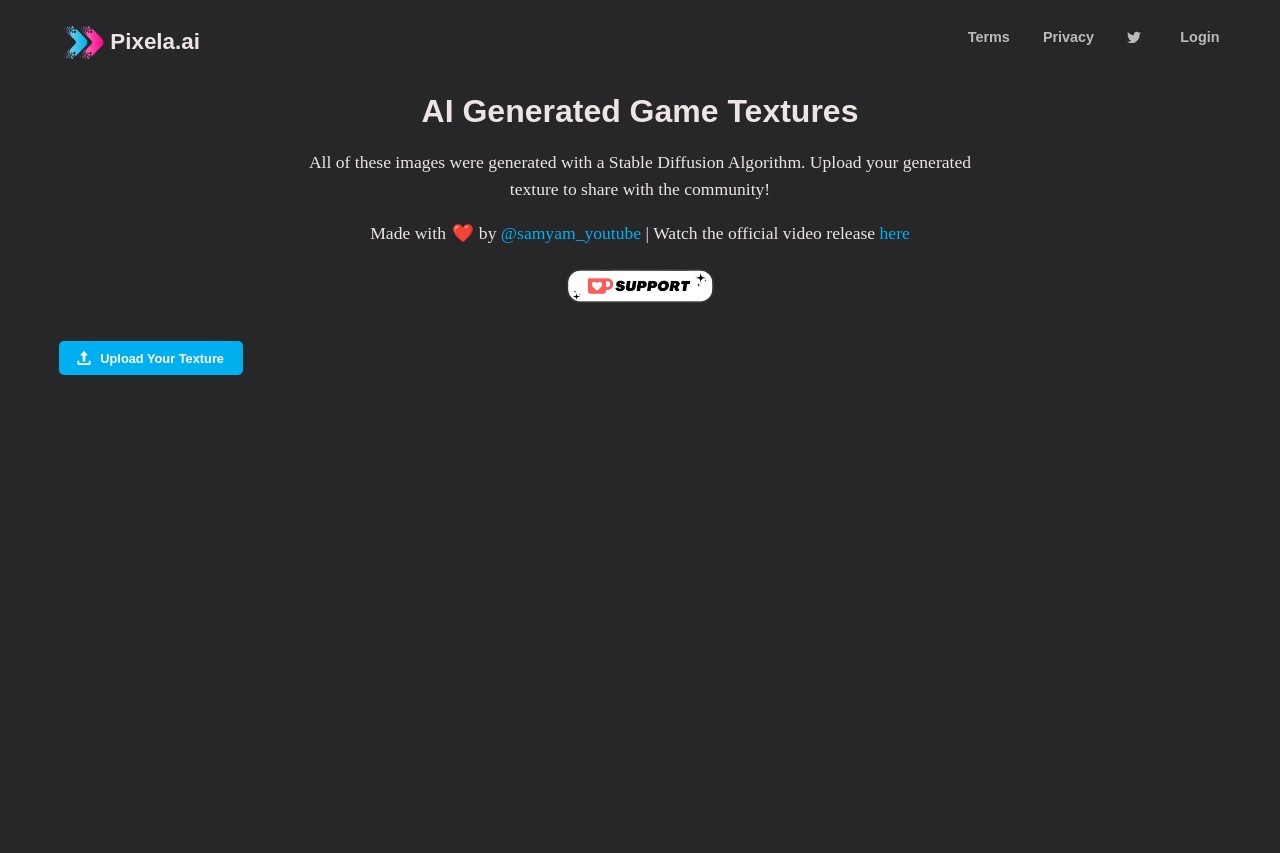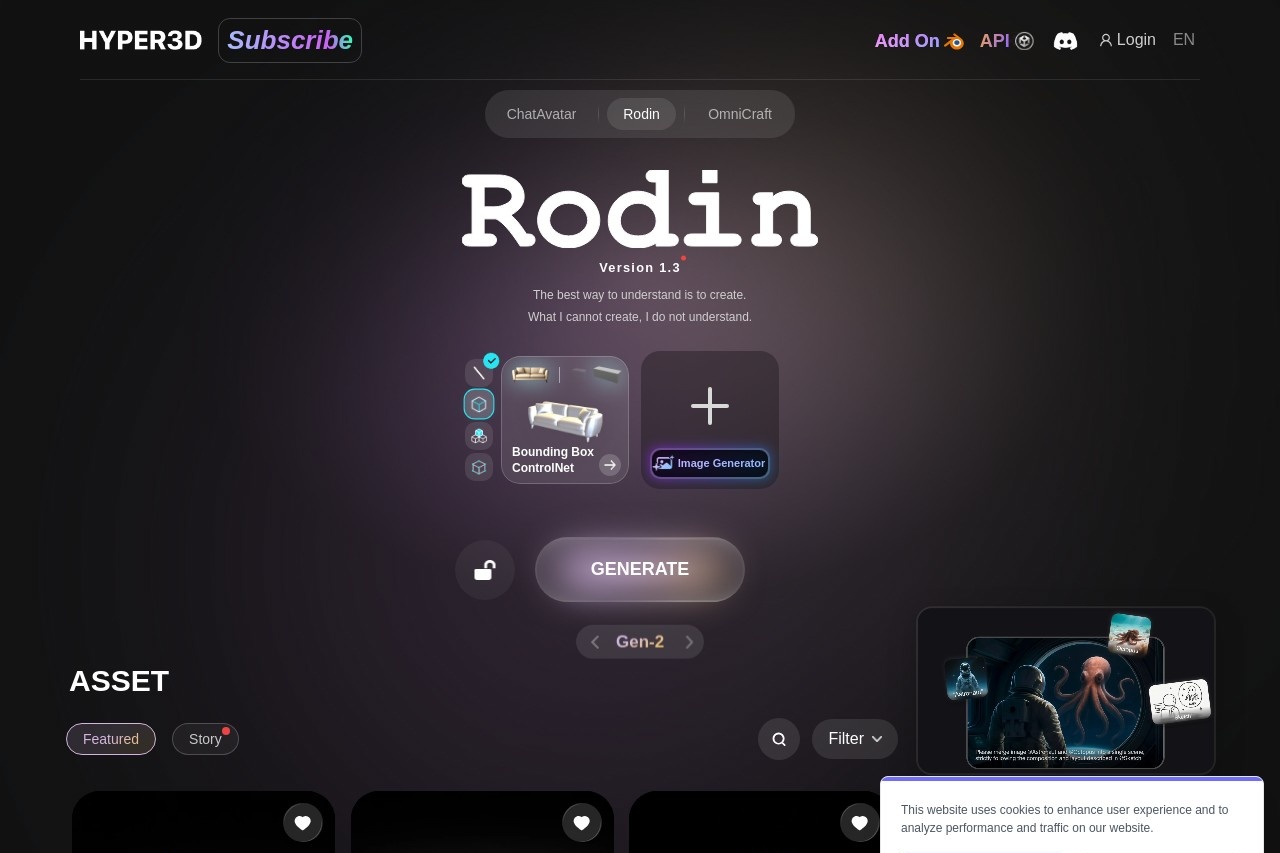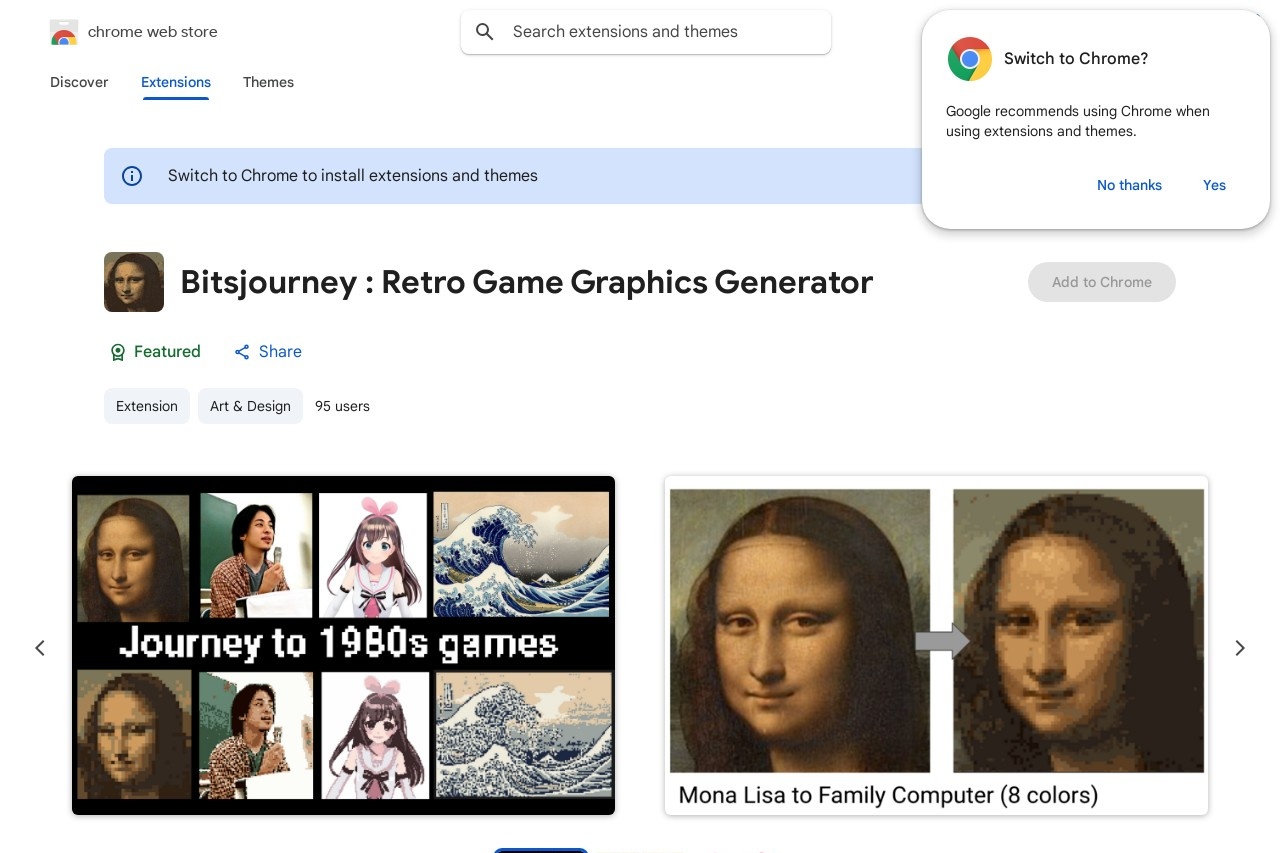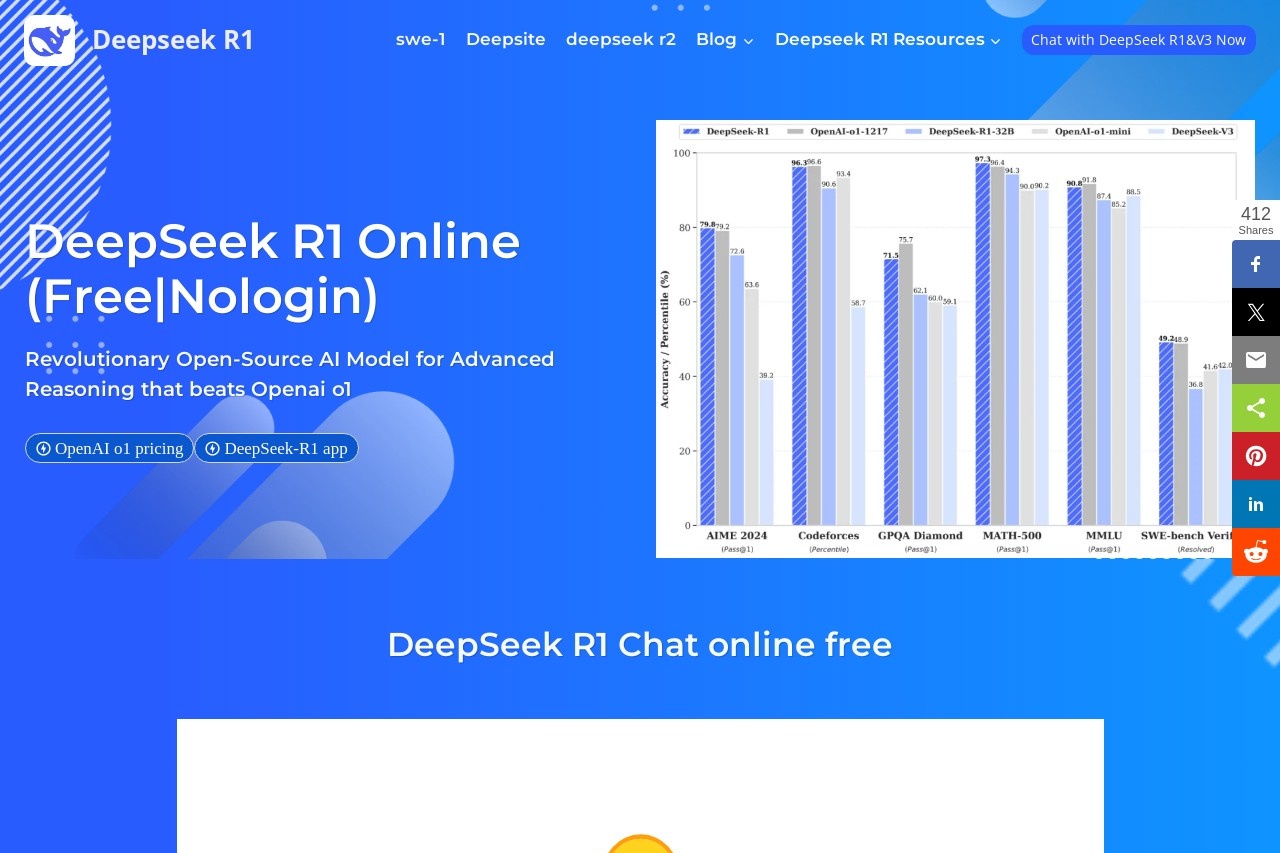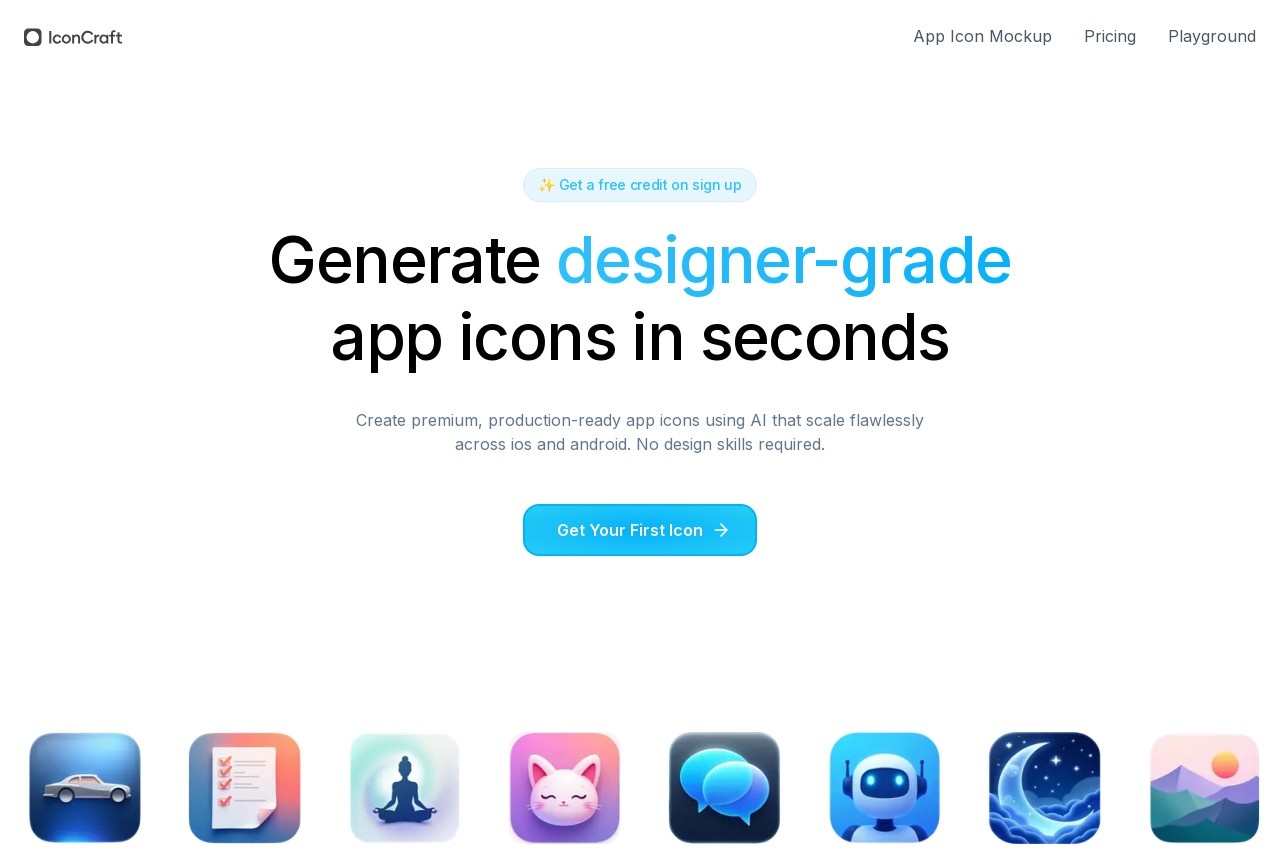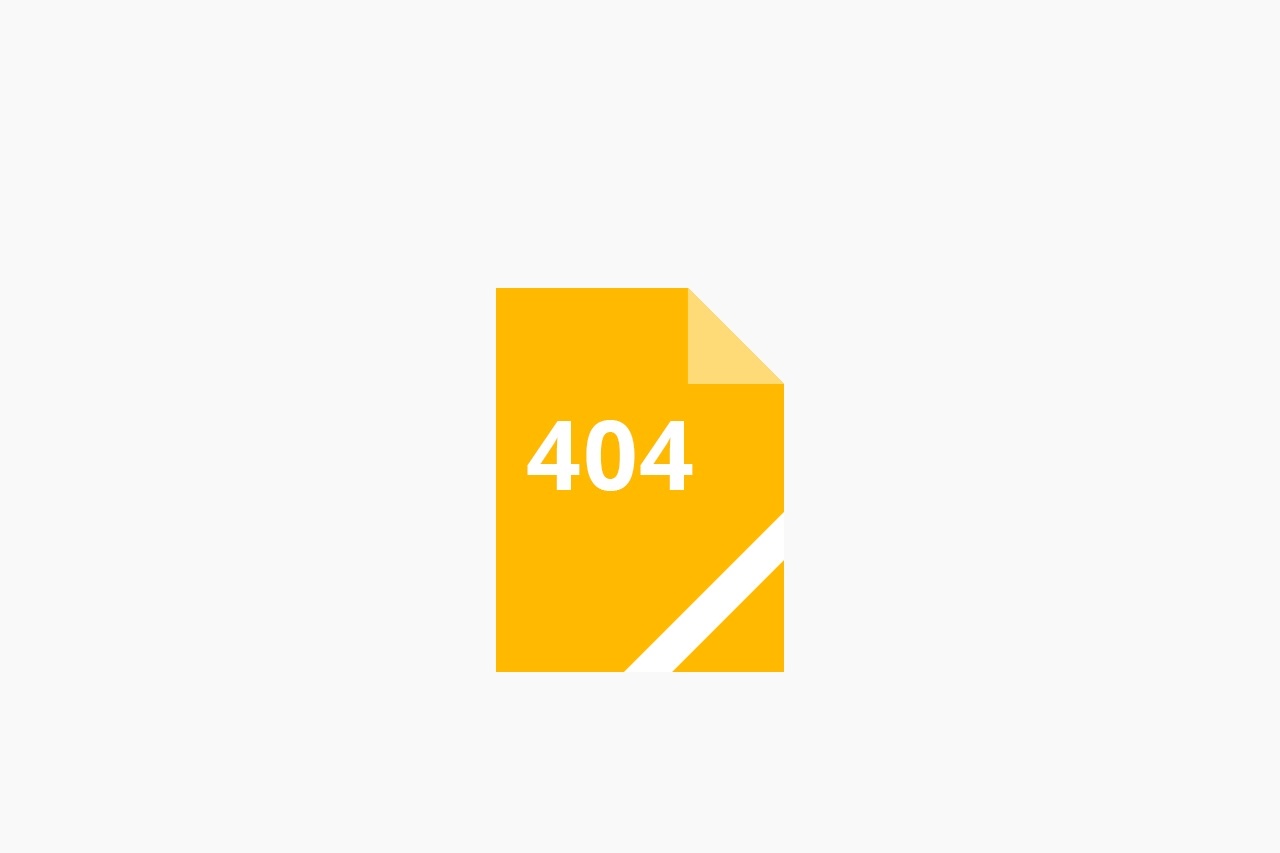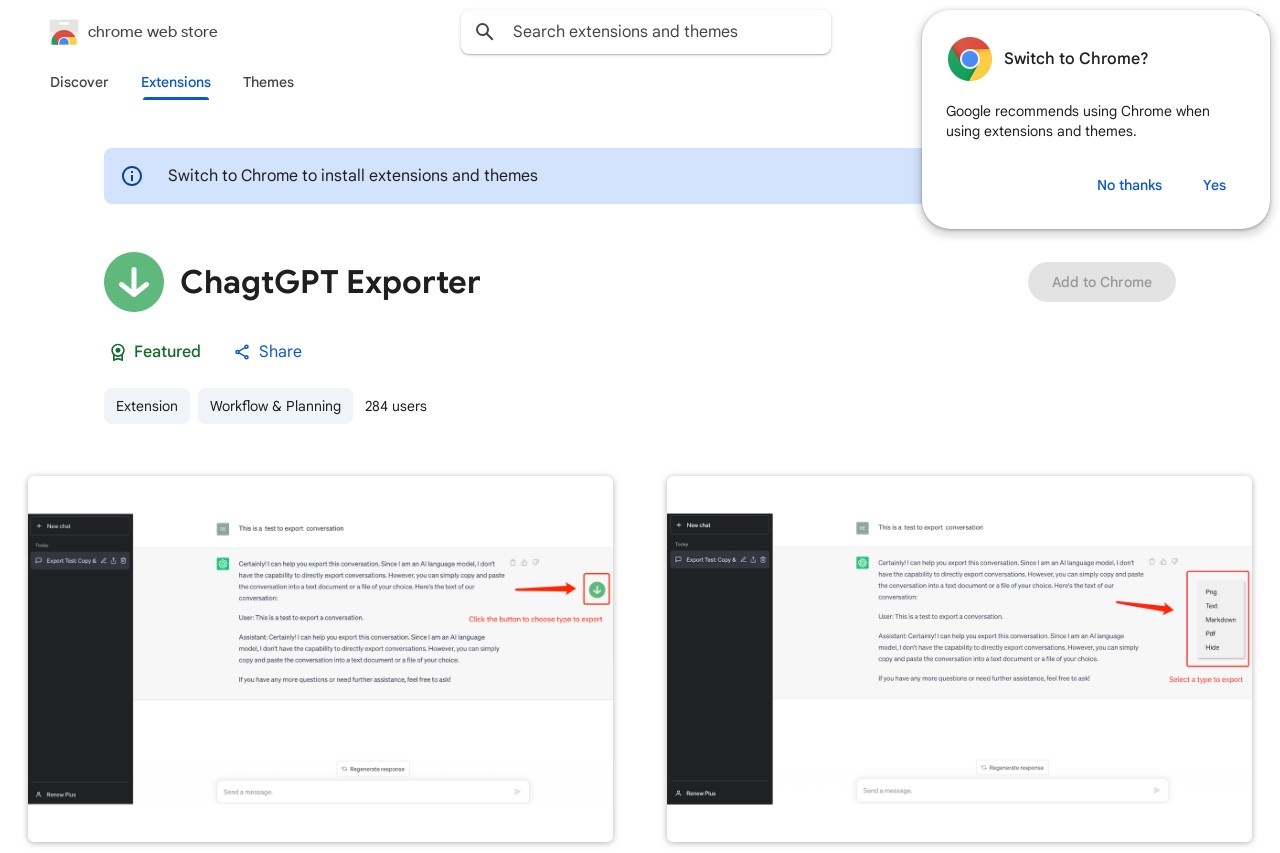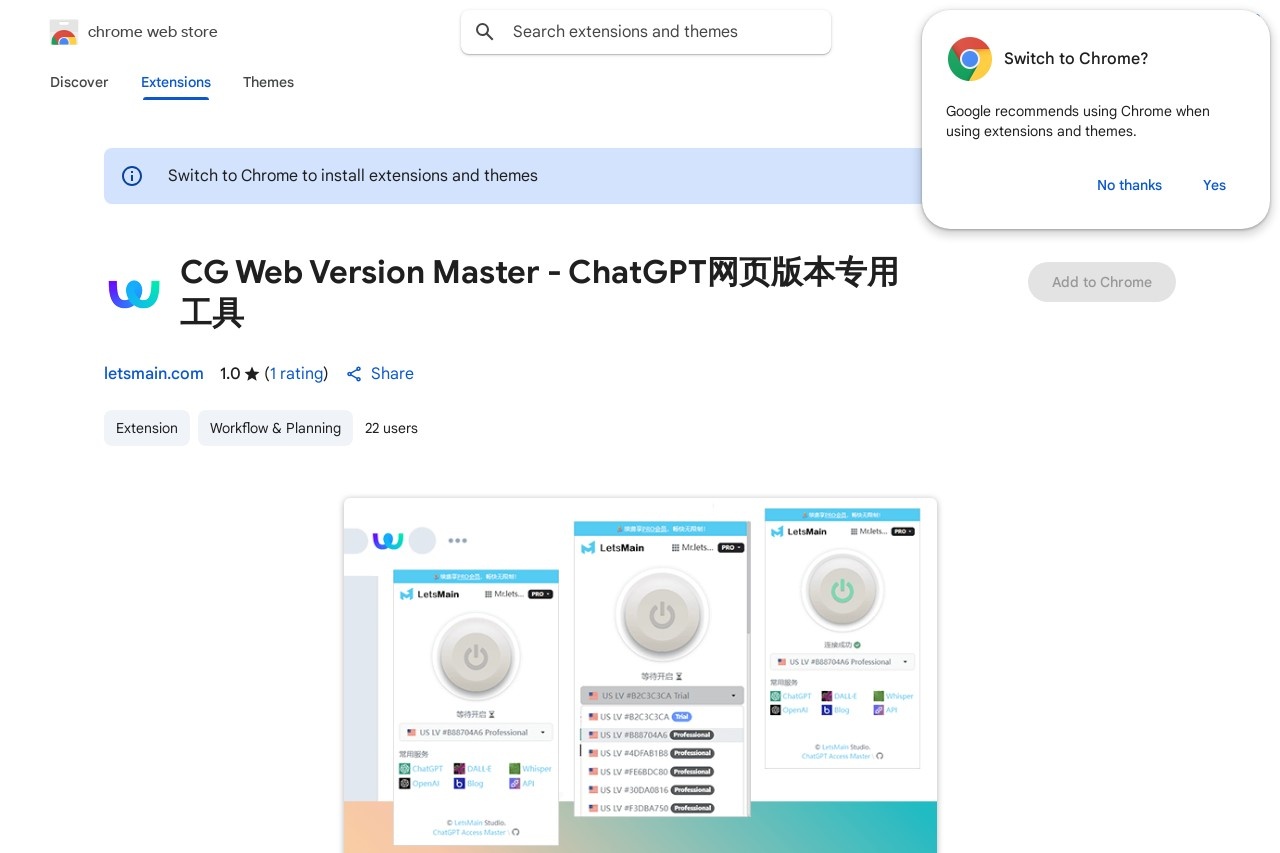Pixela
Pixela: AI-Generated Game Textures
In the rapidly evolving world of game development, high-quality textures are essential for creating immersive environments. Pixela leverages artificial intelligence to generate stunning, customizable textures, saving developers time and resources while maintaining artistic integrity.
How Pixela Works
Pixela's AI-powered platform analyzes thousands of reference images to understand material properties, lighting conditions, and artistic styles. Users can input simple parameters such as:
- Material type (wood, metal, fabric)
- Color palette preferences
- Surface wear and weathering levels
- Pattern complexity
The system then generates multiple texture variations in minutes, complete with normal maps and specular channels ready for game engines.
Key Advantages
Compared to traditional texture creation methods, Pixela offers significant benefits:
- Time efficiency: Generate production-ready textures in 1/10th the time of manual creation
- Consistency: Maintain uniform quality across all assets in a project
- Customization: Fine-tune outputs through iterative feedback loops
- Scalability: Create entire texture libraries for large game worlds
Integration and Output
Pixela outputs industry-standard file formats including:
- PNG (diffuse maps)
- EXR (HDR textures)
- DDS (compressed formats)
The system integrates seamlessly with popular game engines like Unity and Unreal Engine through dedicated plugins. Developers can batch process textures or generate single assets on demand.
The Future of Procedural Content
As AI technology advances, Pixela continues to expand its capabilities. Future updates will include real-time texture generation during gameplay and adaptive materials that respond to environmental factors. This represents a paradigm shift in how game assets are created and implemented.
For indie developers and AAA studios alike, Pixela offers an innovative solution to one of game development's most time-consuming tasks - bringing visions to life with unprecedented speed and flexibility.

